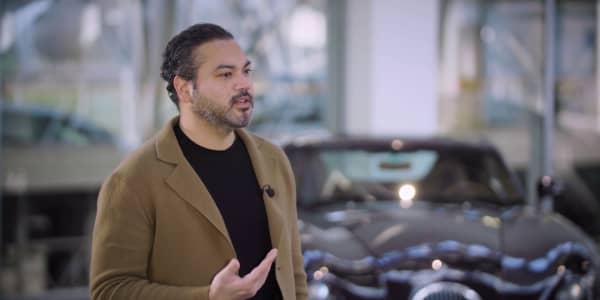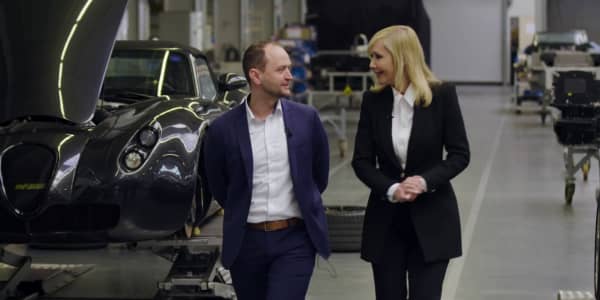Virtual reality might be most closely associated with the world of gaming, but now the medical profession is taking note and using the technology to treat people with serious brain conditions.
Doctors are increasingly looking at ways in which consumer tech can be used in the medical world, from smartphones to headsets like the Oculus Rift which Facebook bought last year for $2 billion.
But how exactly can virtual reality - which creates a seemingly real world in the virtual sphere - help people recover from brain attacks like a stroke?
One company has created a glove which works alongside virtual reality goggles to give a user a sense of texture and depth. The device, called Gloveone, slips on a person's hand, and sensation and texture is created by a series of complex vibrations.
"Imagine someone with brain damage who has no memory of what they ate five minutes ago, but can remember when they were five years old and playing with their dog. This is a good memory and brings good sensations. In VR (virtual reality) we can reproduce this dog and this person could interact and touch the dog," Francisco Antonio, chief scientific officer at NeuroDigital, told CNBC.
Read MoreHow to become part-robot
Antonio explained that any virtual situation can be created with their software, which can be used by doctors in a way that they see fit for treating a patient with conditions such as Alzheimer's or autism.
The company is launching a Kickstarter crowdfunding campaign on Monday to raise $150,000. Each device costs around $199, highlighting the relative affordability of such technology.
Patents awarded to companies around "neurotechnology" have soared in number -- from 800 in 2010 to 1,600 last year -- as investment in the area grows, according to analysis from market research firm SharpBrains.
Companies including Google, HTC and Samsung have unveiled virtual reality headsets which are being used in a number of ways from gaming to filmmaking.

The technology is also playing a role in helping people – such as those who have had a stroke - re-learn movements such as holding an item or walking.
The U.S.-based Virtual Reality Medical Center focuses on such treatments.
Read MoreThis historic biotech hub faces threat from US
"What we do first is teach a person how to control their body and thought process. Then we put them in VR and have them practice those skills in the virtual world so they feel confident they can use them in the real world," Brenda Wiederhold, executive vice president of the company, told CNBC.
The doctor added that often people who are re-learning movements get frustrated or embarrassed, and practicing in the virtual world allows them to do it in the comfort of their own home if they own a headset.
While virtual reality is not yet adopted on a large scale across the medical world, professionals said that the use of the technology in medical training could change that.
"Once medical doctors finish training they are so busy that they don't go back to education. What we have to do is to implement this in medical degrees so it's taught as part of the training," Wiederhold added.





